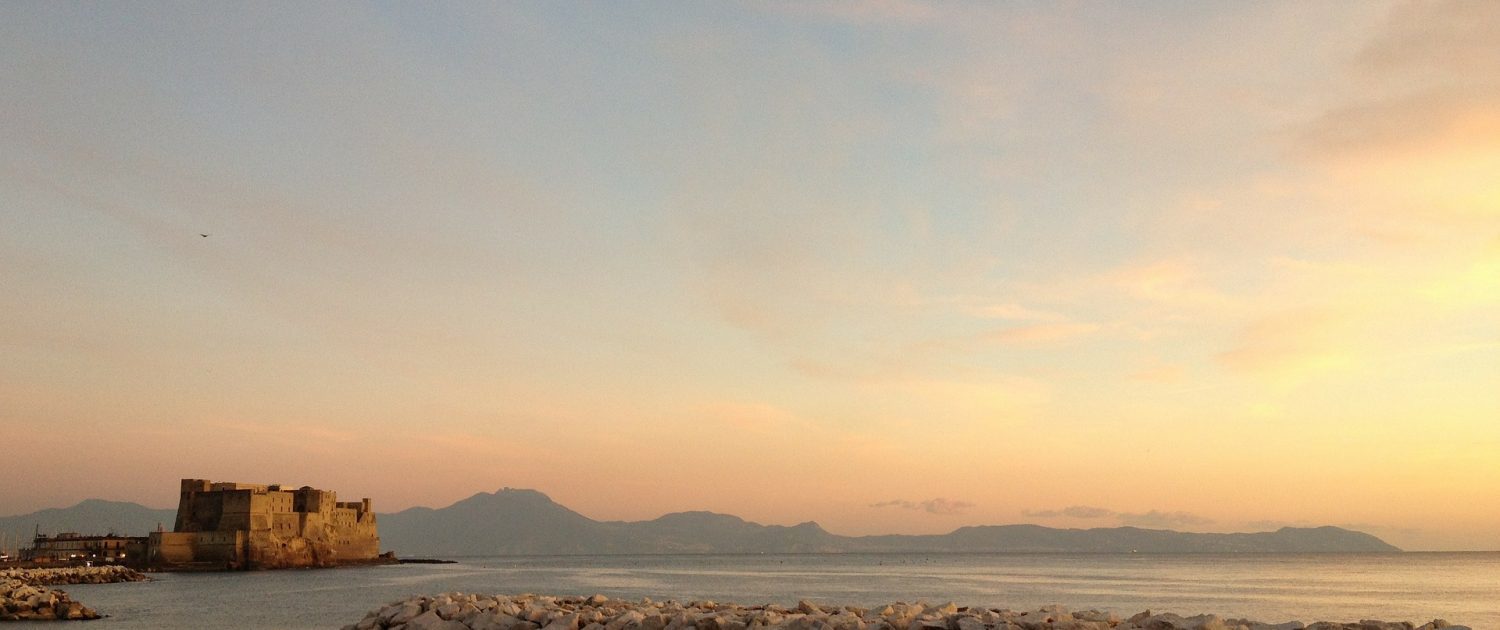Villa Biancalisa, in Neapolitan Riviera, is just a few kilometres from the main attractions of Campania (south Italy), places famous in the world for their natural beauty, history and archaeology. Places that you can reach by private means, public transport or with organized tours
Ischia
The Island, also known as “the Green Island”, is an internationally renowned tourist destination of Neapolitan Riviera, famous for spas, climate, crystal clear sea and unspoiled landscapes.
Its coasts, very jagged, are characterized by an alternation of headlands, coves and long beaches where the seawater mixes with the warm heat-mineral springs that flow a few meters from the shoreline.




